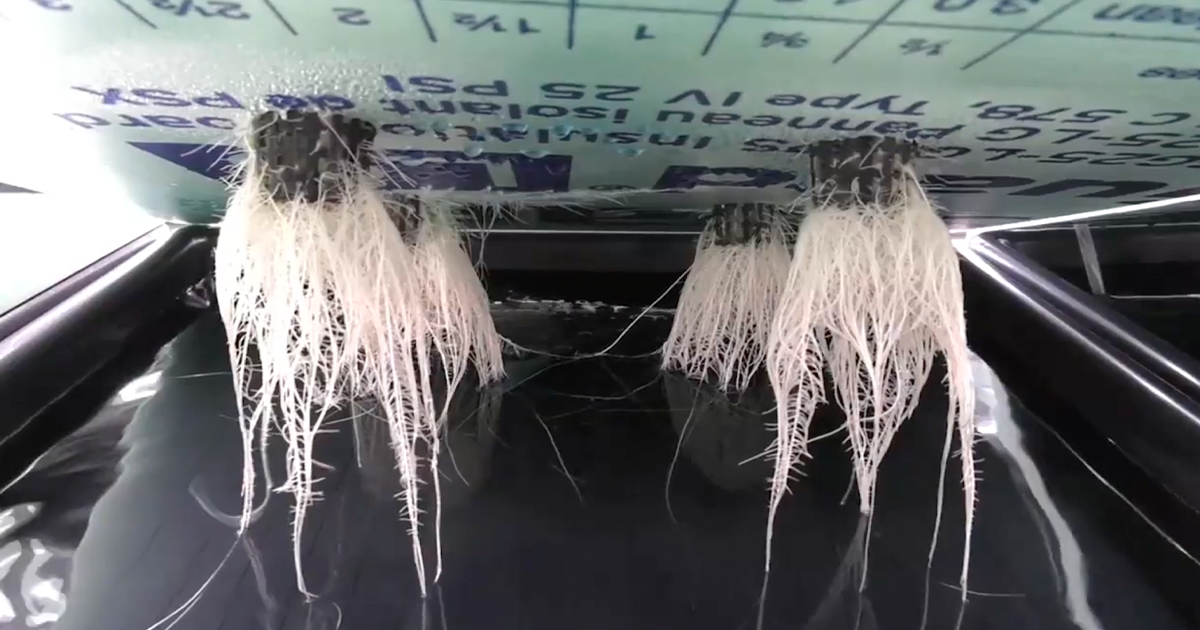Athens, GA
As the old saying goes, they’re not making more land, and with the world’s population set to cross the eight billion mark this year, finding innovative ways to produce food in limited spaces has now become a priority. Enter the University of Georgia and their new hydroponics program, which has already garnered plenty of interest from both the academic and commercial side.
“We have a lot of students contacting us,” says Rhuanito Ferrarezi, a researcher at the University of Georgia. “We have growers coming over with questions and investments, uncertainties in what we are seeing is a booming industry with not only interest, but companies coming over and establishing operations.”
A major reason for that is the accessibility to other markets from this central location. It’s a program that could not just be beneficial to the agriculture industry from a supply standpoint, but manpower as well.
“We have a great geographical location and we can basically make a difference in our state and the whole southeast distributing food to different states around us and guaranteeing that our students that graduate from our university have the opportunity to work in the state of Georgia,” says Ferrarezi.
One of the major fringe benefits of this style of agriculture is the positive effect it could have on the environment, as a number of the limited natural resources that go into farming could be used more efficiently.
“Sustainability is one of the ability to reduce water use, fertilizer use, increase energy use, also reducing the food miles and guaranteeing that the food what we consume and of course, produce, is benefiting the stage that we are at,” says Ferrarezi.
Now the main drawback to hydroponic farming is the cost. That’s why Rhuanito and his team are working hard with high value crops such as strawberries to make it a more viable option.
“The yield that strawberries provide over time allow a higher return of investment,” says Ferrarezi. “So, we are looking into optimizing water management and nutrient management in strawberries. Our goal is really to make this industry viable in terms of greenhouses and vertical farming to guarantee we return that investment much faster.”
With this type of farming pretty much limited to leafy greens for the time being, not much information is available for other crops, which is why there will be plenty of trial and error for this research team over the next few years.
“We have water culture methods and we have subs tray culture methods, and our goal there is to take that risk of trialing different growing methods for the growers,” says Ferrarezi. “So, that way, when they decide to implement that industry here in our state, we already have scientific information to guide their decision process.”
By: Damon Jones

